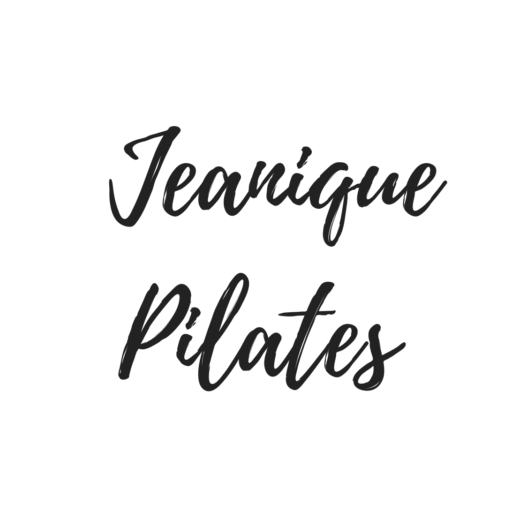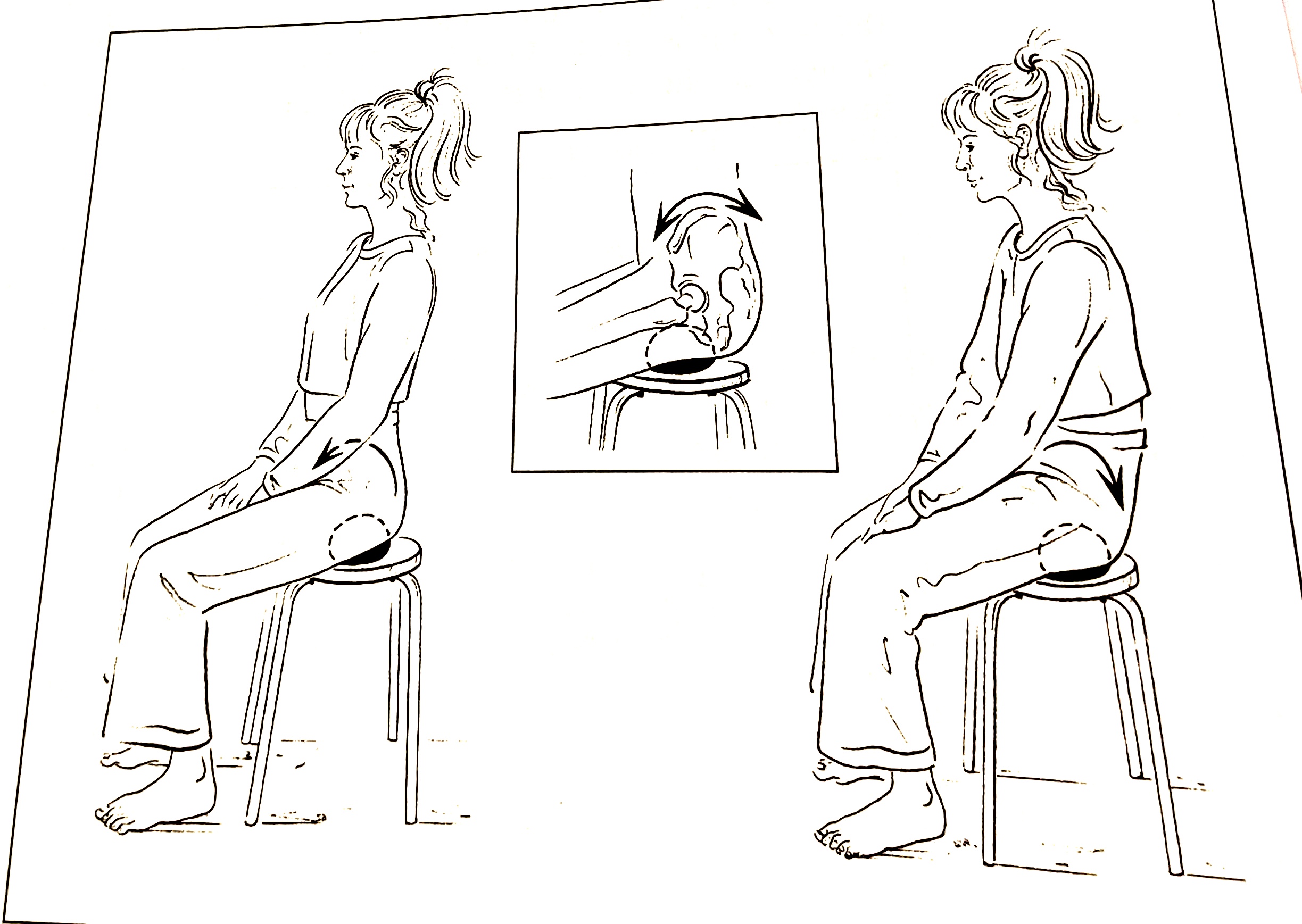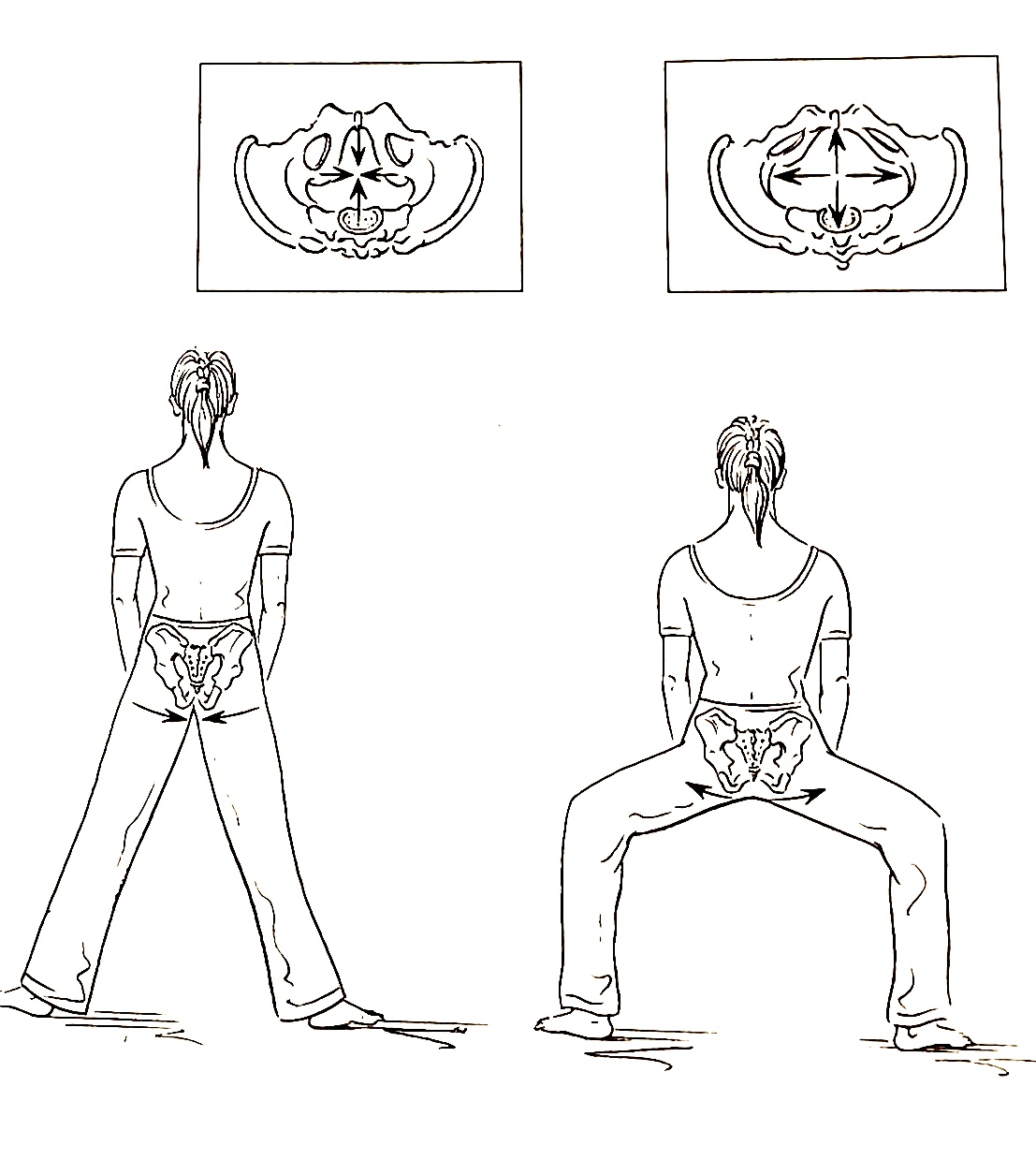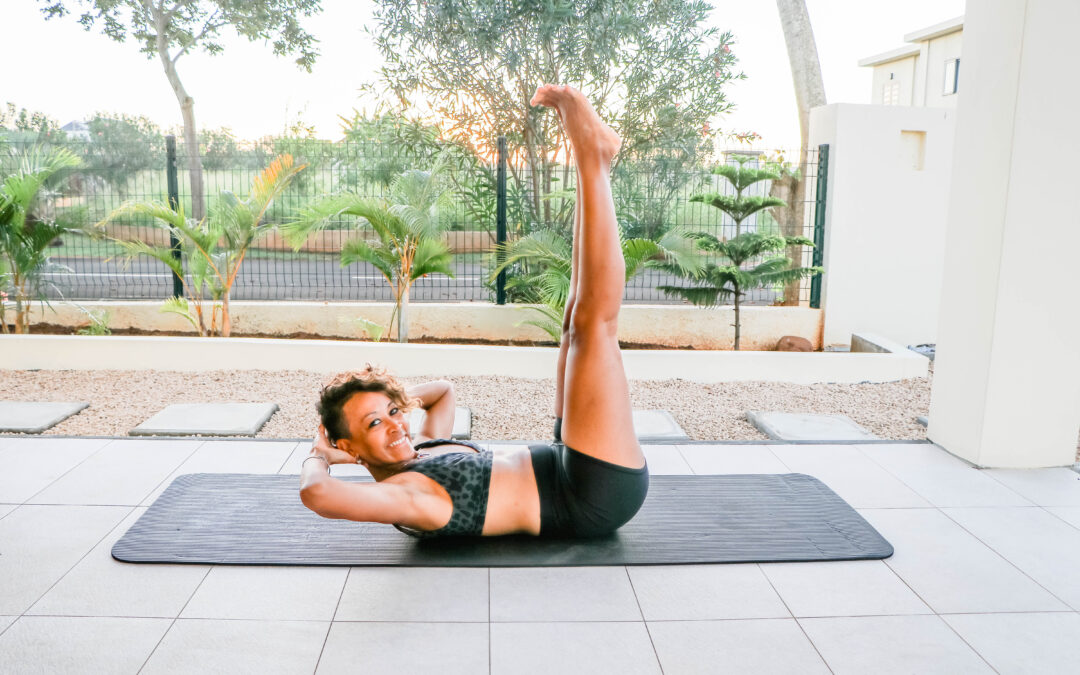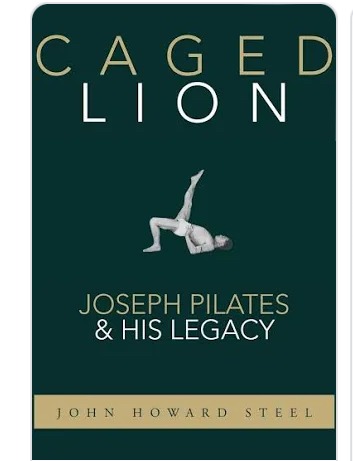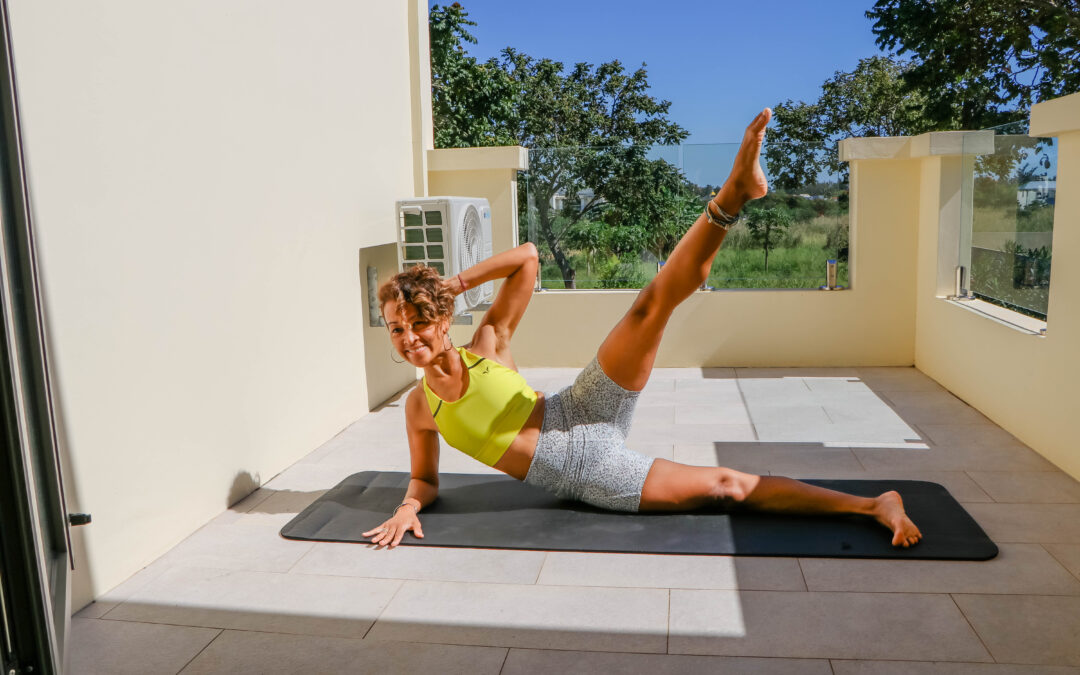How to connect your legs to your core muscles
Cueing for open leg rocker and inversionOk, I admit it, I was not a big fan of ballet in the past. But it is the one discipline that taught me how to connect my legs to my core muscles. As a freestyle dancer, ballet was not a requirement, and you only needed rhythm. So I didn’t know what I was missing from not having ballet as a base. I even used to make fun of how they walk – like a stick up the bum (not proud of that part). But as it turns out, if you are serious about dance, music, art, or Pilates, learning the classical base is the way to go.
The classical base represents the exemplary standard one needs to understand how to do something well. ‘With the stick up the bum’ expression, it only made sense years later while practicing Grand Allegro in ballet. And it’s not at all what I actually thought. Now I am the one teaching people to hold their sitz bone. But there’s a fine line to how much you need to squeeze your butt, though. After today’s video, you will be glad you understand this technic too! This connection will help you understand exercises like open leg rocker, inversion, and how to hold your legs at eye level in hundreds.
The glute maximus muscles are the largest muscle of our body and the prime force in jumping. But they can only do their job when the accompanied muscles are able to do theirs
Grand Allegro in ballet is the big jump you see ballet dancers do and then land back on the floor as if nothing happened. 🤷🏻♀️These movements need power, control, focus, and lots of stamina. Another great example is free runners (parkour), the same principle; they move fast yet with fluidity and power. By now, you’re probably thinking, but I don’t want to be a dancer or a parkour student, I know but bear with me while I explain. We all need energy, efficiency, stamina for working, running, walking even gardening. Yes, you might not jump from building to building or jump like a dancer but to know how to carry yourself comes from the same concept.
Think about it for a second, if you were a dancer, would you be able to jump if you hold your glutes hard? What if you’re a parkour practitioner leaping from one building to another? Would you do that too? The answer is no; you wouldn’t. True, you need to engage your glute maximus (bum muscles), but not in that way. The glute maximus muscles are the largest muscle of our body and the prime force in jumping. But they can only do their job when the accompanied muscles do theirs. That is – thighs, Inner thighs, psoas muscles, and other synergists (helper) muscles. One of the greatest advantages of Pilates is that every exercise is a full-body. Every time you practice, all your muscles work, even when it seems to be about the legs or the arms. So how are we going to apply these connections? Well, now that we know that it’s not about clenching your butt muscles but connecting to your sitz bone, let’s go deeper.
In last week’s video, we applied the turn-out muscles (the deep six rotators). Before you start with this week’s video, make sure you understand how to turn out.
1. Sit upright on the floor or on a chair ( hard surface is better); see the image.
2. Rock on the bony part of your butt.
3. It’s helpful to see yourself in a mirror because your sacrum needs to be in line with your spine and head. And if you’re not on your sitz bone, you will probably be behind or in front.
4. To feel the connections use images because images use the part of your brain that makes movement possible.
Some of the images that I use are:
-
Hold a thread or a coin between your sitz bone.
-
Think of your sitz bone gently coming towards each other.
For seated: Imagine that each sitz bone is on the ball. Feel how your bone is sinking in the ball.
For laying down: Imagine your sitz bone are magnets, and they gently come together and connect the legs towards each other.
For today’s video, we’re going to keep it basic so that you understand how it feels in your body. Gradually as you feel comfortable, you can start to apply the same technique to more complex exercises.
Once you’ve had a chance to give the video a try, let me know if you feel any difference with this new technique in mind.
Until then, see you next week!
Jeanique
Pilates flow routine level 2/3
Pilates flow routine level 2/3 - Fuel Your Body and Mind for the Season AheadDear friend, As the summer days gradually fade into memory, transitioning back to our daily routines can be challenging despite our deep passion for what we do. However, I can help you make...
Caged lion by John Steel
Caged Lion by John Steel Hey, there, welcome. I am so excited that you stopped by. I love The Classical Pilates Method and want to share everything I have learned so far and inspire you to continue your practice. Every week I share an article and a free video for...
Hydrate your fascia for more mobility and strength
When you hydrate your fascia you will increase your joint mobility and more strength Here’s an experiment on fascia! Yesterday I did a two-hour trek on the southeast coast of Mauritius. While the place is gorgeous and the scene is breathtaking, the sea is...
